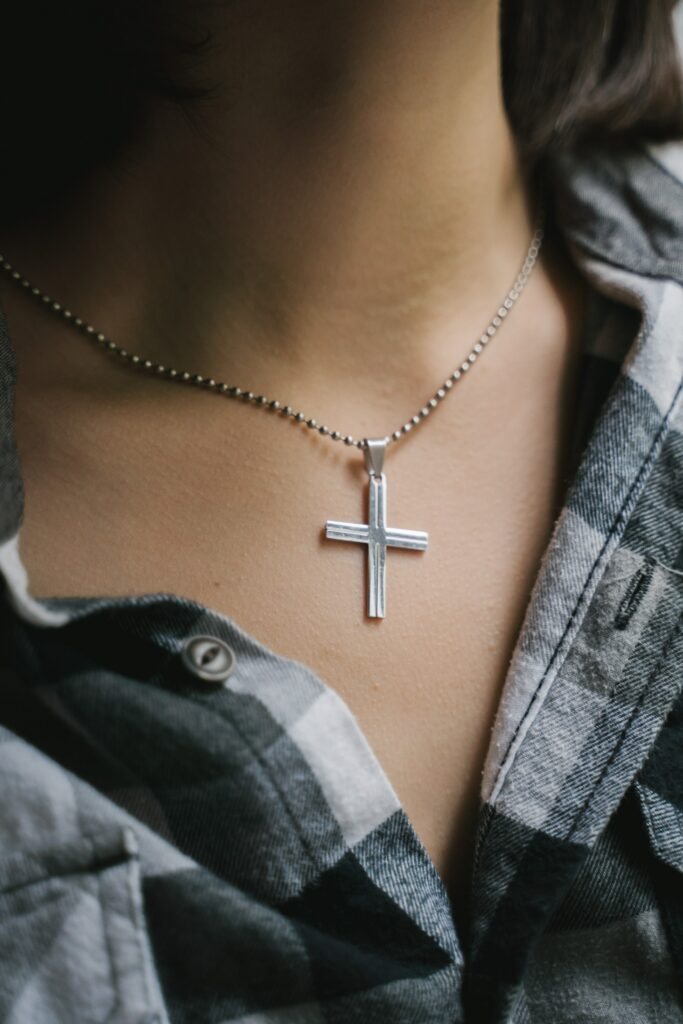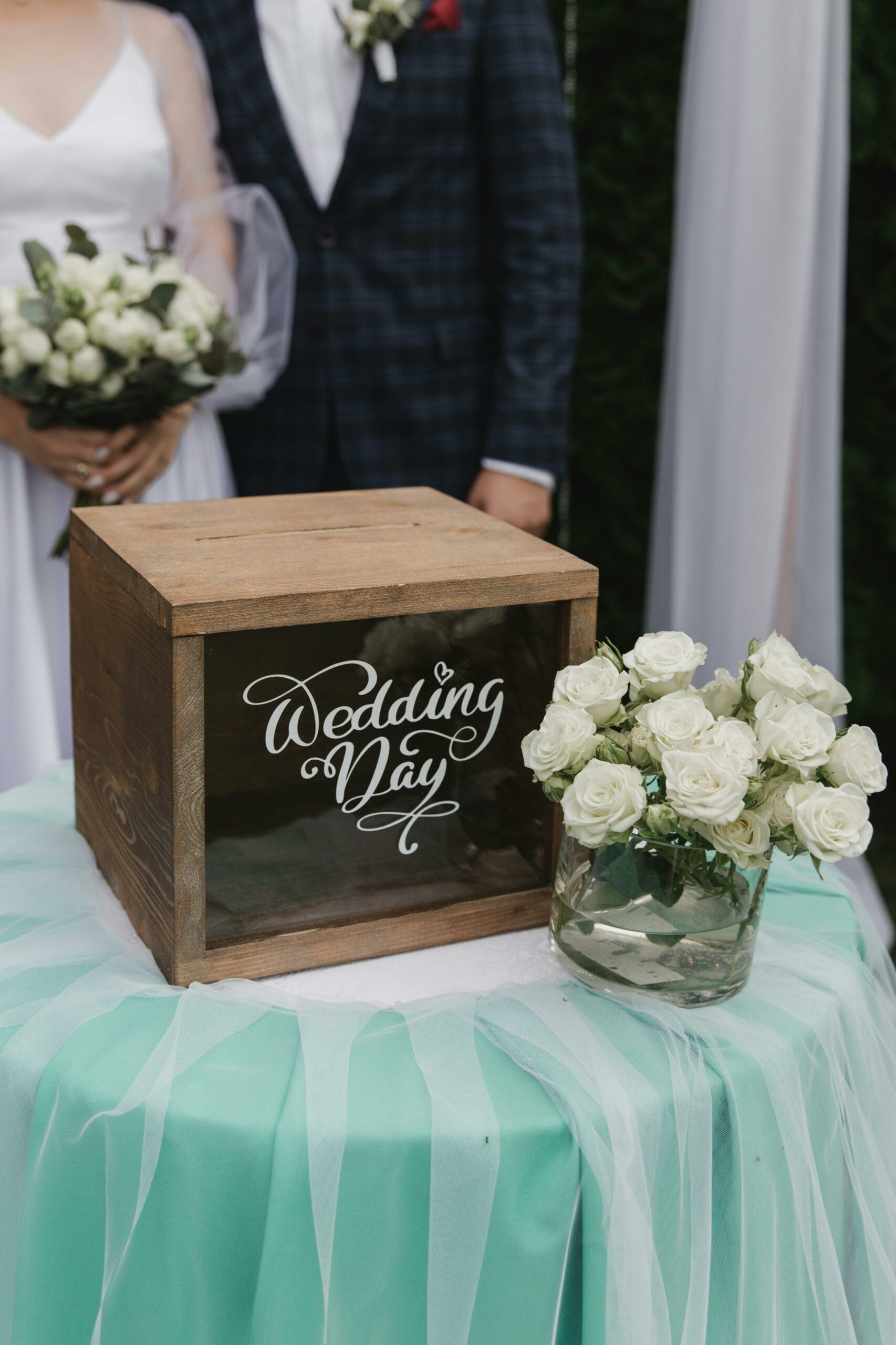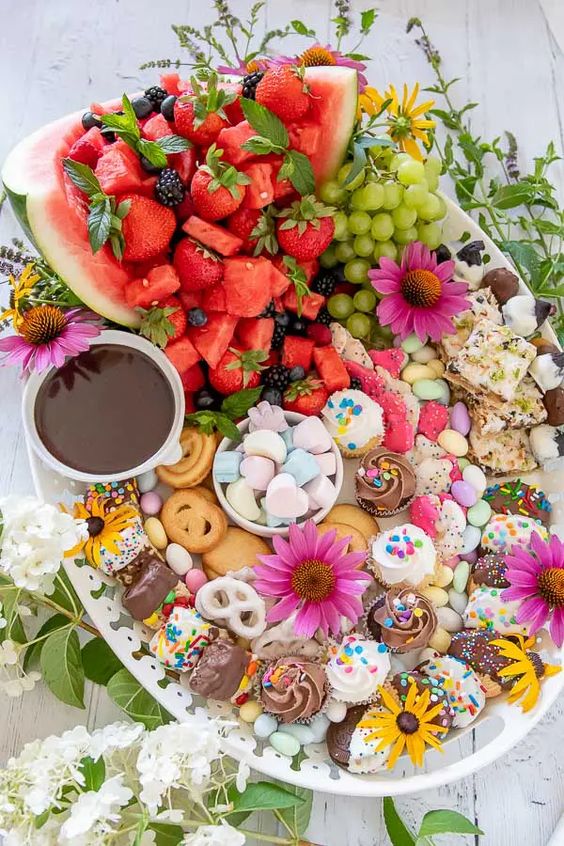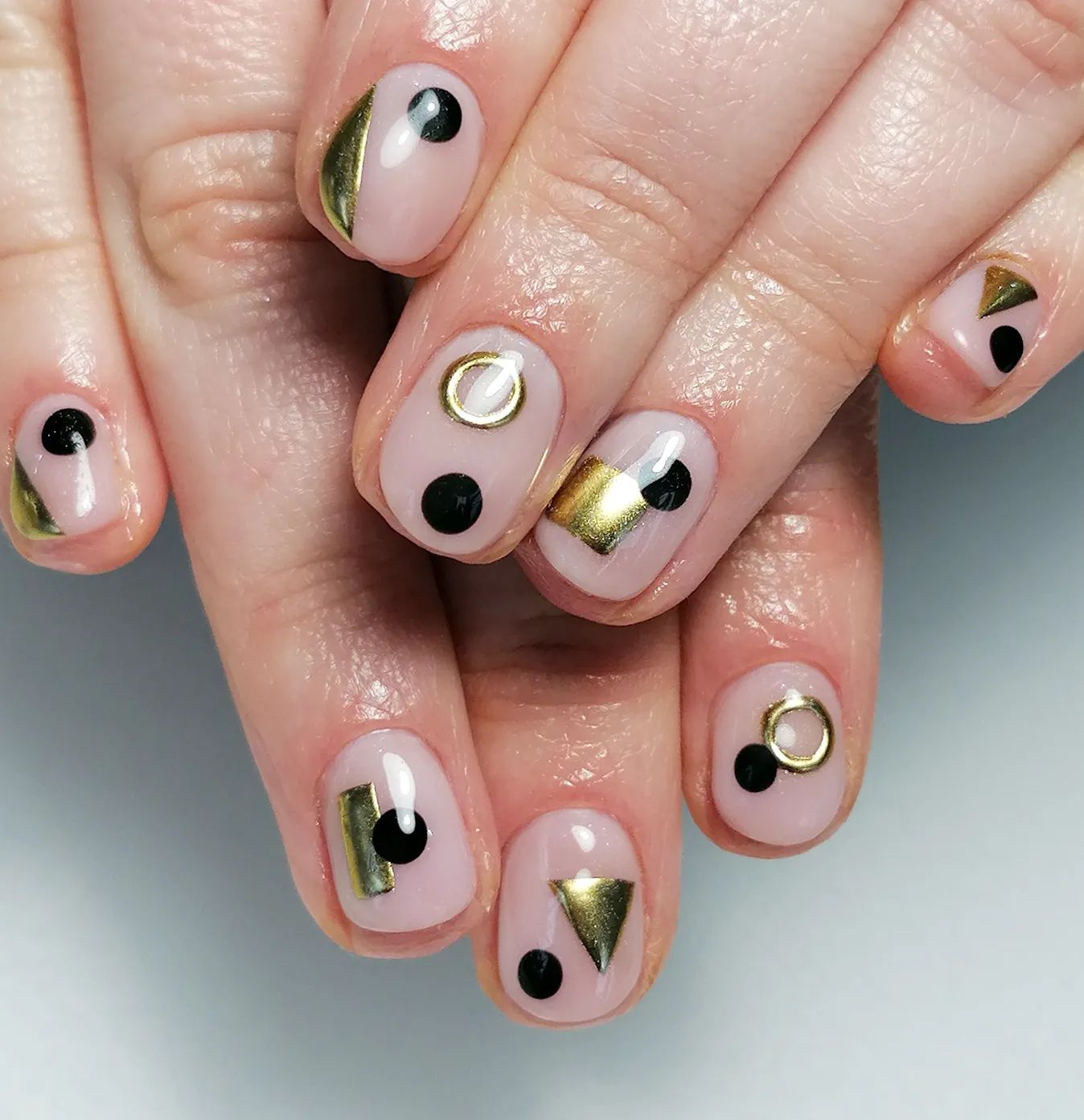Fashion and faith are two concepts that many perceive as unrelated. The truth is, however, our clothing choices speak volumes of our spiritual beliefs and values. How we dress can actually be a powerful expression of our faith, serving as a symbol of our identity and a reflection of our worldview.
Let’s explore how clothing can reflect our faith and spirituality, from the colors we choose to the accessories we wear.

Modesty
Modesty is a value that is highly regarded in many faith traditions. Modest clothing typically covers the body and is not form-fitting or revealing. This can include long skirts or dresses, high-necked shirts, and long sleeves.
Modesty is almost synonymous with humility. It can be a way to show respect for oneself, others, and the divine.
In Islam, modesty is a vital aspect of faith. It is shown by wearing a hijab or other head covering. Muslim women wear hijabs to protect their dignity and show devotion to Allah.
Meanwhile, Orthodox Judaism values modesty by wearing skirts that cover the knees and shirts that won’t expose the collarbone and elbows.
People choose to dress modestly as their way to express their faith and uphold their values. It also creates a sense of community and belonging with others with similar beliefs.
And most of all, modest clothing can remind oneself to focus on inner beauty and character rather than external appearances.
Cultural and Traditional Attire
Wearing traditional or cultural clothing can also be a powerful way to show one’s faith and heritage. These clothes are often rooted in history and tradition. They serve as a way to connect with one’s ancestors and cultural roots.
Examples are South Asians wearing traditional clothing such as saris or kurta pajamas and North Africa and Middle Eastern communities wearing kaftans or thobes.
Moreover, choosing to wear cultural clothing can be a way to showcase one’s faith. One example is Muslims wearing modest traditional attire such as abayas, jilbabs, and thobes to demonstrate their devotion to their faith. Similarly, Sikhs wear turbans to symbolize their commitment to faith and cultural heritage.
Wearing cultural clothing is one way to celebrate and preserve one’s culture and traditions. It is a visual reminder of one’s cultural roots and a way to honor the sacrifices of one’s ancestors.
But wearing traditional attire can also be an act of resistance against cultural erasure and a way to promote cultural diversity and inclusivity.
Accessories
Accessories can be a subtle yet effective way to showcase one’s faith. Religious jewelry, for example, can be a way to demonstrate one’s beliefs while adding a touch of personal style.
For Christians, wearing a cross necklace or bracelet can symbolize their commitment to their faith.
Accessories can also serve as a reminder of one’s faith throughout the day. For instance, wearing a prayer bracelet or ring can serve as a prompt to pray or reflect during the day. Many religious traditions have specific accessories associated with their faith, such as the rosary for Catholics or the prayer beads for Muslims.
Moreover, accessories can also communicate one’s values beyond religion. For example, wearing jewelry made from ethically sourced or recycled materials can demonstrate one’s commitment to environmentalism and social justice.
If you’re interested in exploring a collection of clothing and accessories designed to help you express your faith, click here.
Colors
The colors we choose to wear can also reflect our beliefs and values. Many faith traditions have specific colors associated with their beliefs and practices. For example, in Hindu tradition, red is often associated with purity and auspiciousness, while white is associated with mourning and death.
In Christianity, purple is associated with royalty and penitence, while green symbolizes growth and renewal.
Colors can also communicate broader cultural and societal values. In many African cultures, wearing bright and bold colors can symbolize joy, celebration, and community. Conversely, wearing more subdued or neutral colors can be a way to show respect or mourning.
Furthermore, colors can also be associated with specific causes or movements. For example, wearing a pink ribbon can demonstrate support for breast cancer awareness, while wearing an orange ribbon can show support for gun violence prevention.
Environmental and Ethical Choices
Many faith traditions emphasize the importance of caring for the earth and promoting social justice. Wearing environmentally sustainable and ethically sourced clothing can reflect these values and demonstrate commitment.
This includes clothing made from organic or recycled materials and apparel made in factories prioritizing fair labor practices.
Moreover, promoting social justice can also involve supporting local or small-scale businesses, which can be more environmentally sustainable and have a smaller carbon footprint than larger corporations.
Buying from companies prioritizing ethical and sustainable practices can also send a message to larger corporations that consumers care about these issues and want to see change.
In addition, clothing can also be a way to promote social justice and raise awareness about important issues. For example, wearing a t-shirt with a message about climate change can spark conversations and raise awareness about this issue.
Clothing can also promote specific causes or organizations, such as wearing a t-shirt or bracelet to support a particular charity.
Final Thoughts
Fashion and faith are two concepts that are deeply intertwined, and the way we dress can be an extension of our spirituality and a reflection of our innermost beliefs and values.
By being mindful of our clothing choices, we can positively impact the world around us, expressing ourselves while promoting a more just, equitable, and sustainable society.






